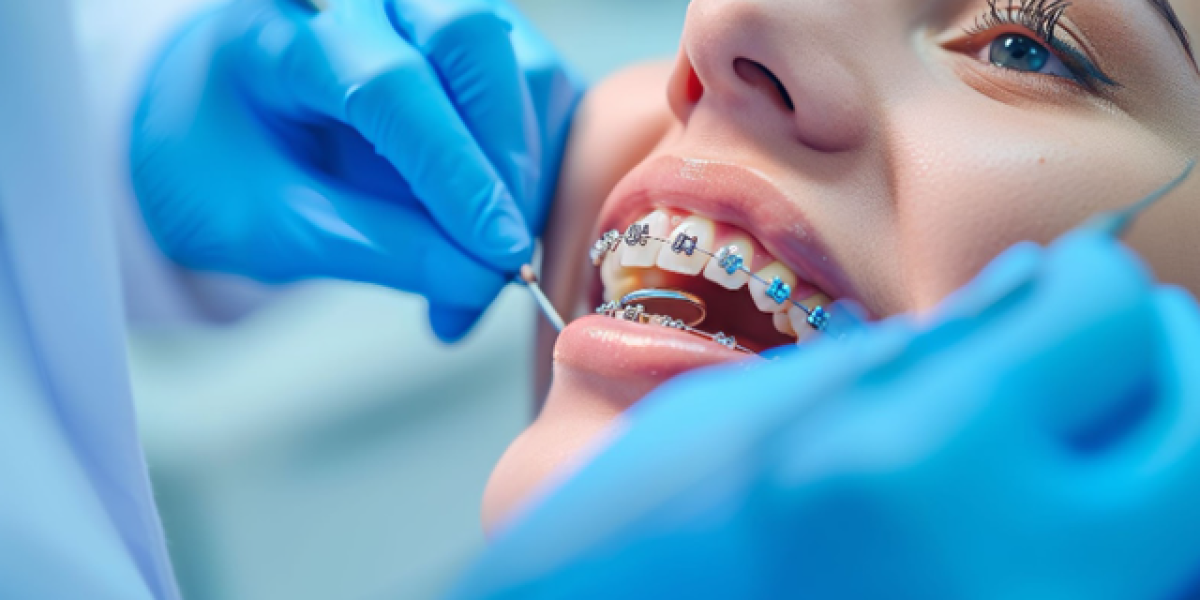After months or even years of braces or aligners, many people are excited to show off their new smile—but that’s not the end of the journey. Retainers play a crucial role in maintaining those results long-term. Whether fixed or removable, retainers are essential tools in preserving your orthodontic investment. Many orthodontists in Dubai emphasize retainer use as the final, and often most important, phase of treatment. Understanding their function and care is key to keeping your smile in perfect alignment for life.
The Role of Retainers After Orthodontic Treatment:
Once active treatment ends, your teeth are still prone to shifting. This is due to the natural elasticity of the periodontal ligaments, which can slowly move teeth back to their original positions. Retainers help stabilize teeth in their new locations while surrounding bone and tissue adjust and strengthen. Without a retainer, all the time and resources spent on braces or aligners could be undone in a matter of months.
Types of Retainers Available Today:
There are two primary types of retainers: fixed (also known as bonded) and removable. Fixed retainers are thin wires attached behind the front teeth, offering continuous support without user effort. Removable options, such as Hawley or clear plastic retainers, are worn part-time and offer flexibility. The best choice depends on your dental structure, lifestyle, and your orthodontist’s recommendation. Each has pros and cons, but all aim to keep your smile intact.
Importance of Consistent Wear:
Consistency is key when it comes to wearing your retainer. Skipping even a few days can allow teeth to begin shifting, especially in the first year post-treatment. Orthodontists usually recommend wearing retainers full-time for several months, then gradually transitioning to nightly use. It’s important to follow your provider’s instructions closely to maintain alignment and avoid setbacks in your progress.
How Long Should You Wear a Retainer:
There’s a common misconception that retainers are only necessary for a year or two. In reality, many orthodontists advise indefinite nighttime wear. Teeth can shift due to aging, grinding, or pressure from daily habits, even decades after braces. Long-term retainer use ensures that your smile remains stable despite these natural changes. Think of it as a lifelong insurance policy for your orthodontic results.
Caring for Your Retainer:
Proper care extends the life of your retainer and prevents oral health issues. Removable retainers should be cleaned daily with a soft toothbrush and mild soap—avoid hot water, which can warp the plastic. Fixed retainers require extra attention during brushing and flossing to prevent plaque buildup. Regular dental check-ups will help ensure that your retainer remains in good condition and that your teeth and gums stay healthy.
Retainer Replacement and Wear-and-Tear:
Like any dental appliance, retainers don’t last forever. Over time, they can become loose, cracked, or warped, reducing their effectiveness. If you notice changes in how your retainer fits or feels, schedule a visit with your orthodontist. Prompt replacement is essential to prevent relapse. Many orthodontists in Dubai offer digital scanning services to quickly create replacement retainers without the discomfort of traditional molds.
What Happens if You Don’t Wear Your Retainer:
Neglecting your retainer can lead to noticeable tooth movement within a short period. This relapse can be minor or severe, depending on your unique dental anatomy and how long you’ve gone without wearing the appliance. In some cases, patients may need to restart orthodontic treatment altogether. The regret of losing your perfectly aligned smile can easily be avoided by staying committed to retainer use.
Customized Retention Plans:
Modern orthodontic practices provide tailored retention plans based on the patient’s treatment history and biological response. Some individuals may require a combination of fixed and removable retainers for optimal stability. Others may benefit from advanced materials or scheduled evaluations to monitor shifting. Personalized plans ensure that your retainer regimen is as effective and comfortable as possible, enhancing long-term results.
Integrating Retainer Use into Daily Life:
Wearing a retainer doesn’t have to be disruptive. Removable retainers are nearly invisible and easy to integrate into nighttime routines, while fixed options are designed to be discreet and maintenance-friendly. Establishing consistent habits—like placing your retainer case by your bed or setting reminders—makes adherence second nature. Over time, retainer use becomes a simple and effortless part of your lifestyle.
Retainers for Children and Teens:
Retention is especially critical for younger patients whose jaws are still growing. Kids and teens often complete orthodontic treatment at a time when their bones and facial structures are changing. Wearing a retainer during these years is vital to prevent movement and ensure the teeth settle into stable, long-term positions. Parents should monitor wear and care habits to reinforce the importance of retainer use early on.
Final Thoughts:
Orthodontic retainers are more than just an afterthought—they are the key to preserving the smile you’ve worked hard to achieve. Skipping this phase can compromise your results and lead to costly and time-consuming corrections. By understanding the types of retainers, their purpose, and how to care for them, you set yourself up for a lifetime of confident smiles. Trust your orthodontist’s guidance and make retainer wear a priority—it’s the simplest way to protect your investment in your appearance and health.












